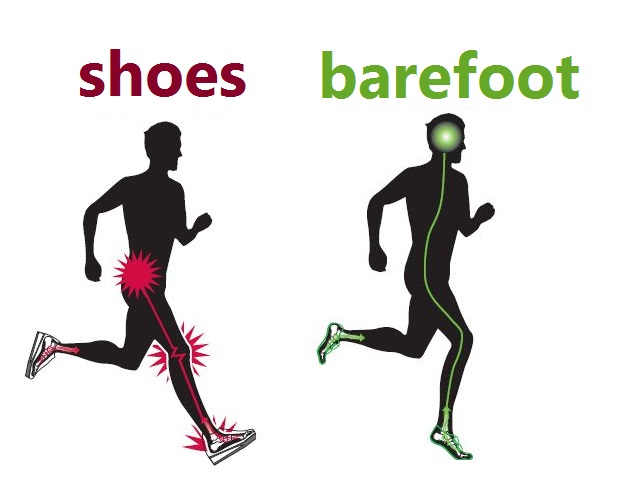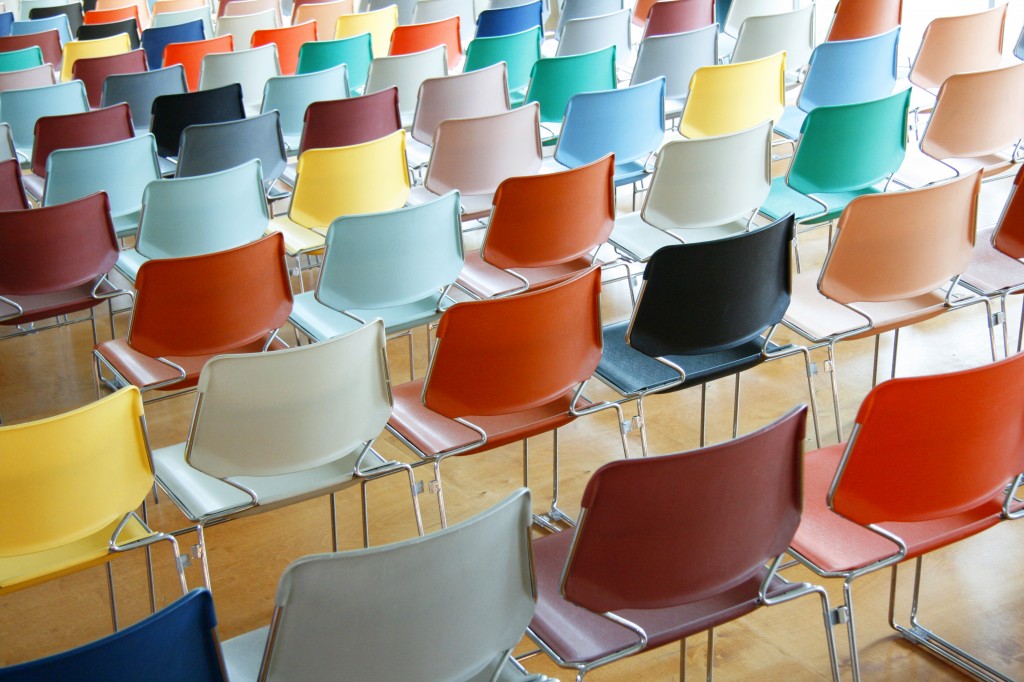
If you are a patient at our office, you may have noticed that I don’t wear the typical office footwear. There is a reason for this. As a chiropractor, I believe that we were designed to be extraordinary – and I believe in the inborn intelligence of our body. I know what you’re thinking, what does that have to do with shoes? We’ll get there.
There are some chiropractors who are always very eager to recommend or order orthotics when a patient complains of foot or leg issues. To be honest, this never really made sense to me. Our body knows how to walk, and it knows how to adapt to the stressors that you place on it. Humans have been walking and running for millions of years, apparently safely, in running flats, in thin sandals or mocassins, or in no shoes at all. So why would you need to put in a rigid orthotic to “create” an arch where there was none before? My belief is that when you stress the foot and let it work the way it was intended to and become stronger, the arches will change. As opposed to relying on external support which could weaken the stabilizing muscles (by having an orthotic or shoe doing their job). It is very similar to those who recommend wearing a back or neck brace when they’ve injured themselves. You have a natural back brace – it’s called your core – and when you wear a brace you’re further weaking the core, causing your body to become dependent on the brace to do the work.
In an attempt to make shoes more comfortable, shoe companies and their technology have actually made our feet worse. The over-engineering of running shoes have caused us to learn to run in inefficiently and incorrectly. By making shoes that have thicker heels for cushioning, we’ve altered the way we are designed to move – causing our heel to hit the ground first. By shielding the foot from the ground with excessive cushioning, you limit proprioception (ground feel) and how the body reacts to the terrain through fine adjustments in balance and body position. While it may “feel” as if the shock is being absorbed by the shoe with each step – only a small amount is actually absorbed by the shoe – the rest of the force (2-3 x the body weight) is actually being transferred through the lower extremity. This over stresses the bones, joints, muscles and tendons from the toes through the spine. In my experience, many cases of lower back pain are aggravated by heel strike. If you ever walk around barefoot – notice that you walk and run correctly without thinking about it – that’s because it’s actually painful to land on your heel (landing on the forefoot much more comfortable).
Now, I realize we can’t all walk around and go to work barefoot – but we can do the next best thing – wear minimalist shoes. Don’t worry – this doesn’t mean you have to rock those funky toe shoes – it simply means wearing a shoe with minimal or no (if you’re feet can tolerate it) cushioning. These shoes encourage you to walk and run in a more natural gait. The way we are meant to move is by landing more on the balls of our feet. This two year study is proof that wearing a minimalist shoe can strengthen intrinsic foot musculature which can then change the shape of the foot and arch over time. Check out the before and after photos:
The bottom line is that our shoes can often do more harm than good. Like many things when it comes to our health, what seems to alleviate our problem in the short term, has actually masked our poor walking and running mechanics and created more problems in the long run. If you are someone who has struggled with foot pain and/or chronic lower back pain, I would suggest taking a look at minimalist shoes. It’s important to remember that this will require a careful adjustment period to make sure that the muscles of the feet and legs have time to adjust (a rapid change to minimalist footwear exclusively often causes injury). In the same way that you would slowly introduce foot orthotics, minimalist shoes should gradually be introduced – start by wearing 1 hour/day, then 2 hours/day, etc. Listen to your feet – your body will quickly tell you what to do.







